Games
Goa, Gods, Gandhi and Greed: Lessons in Colonialism from Four Boardgames
It’s really a collection of subcultures, since fans of one gaming niche often have little interest in any of the others.
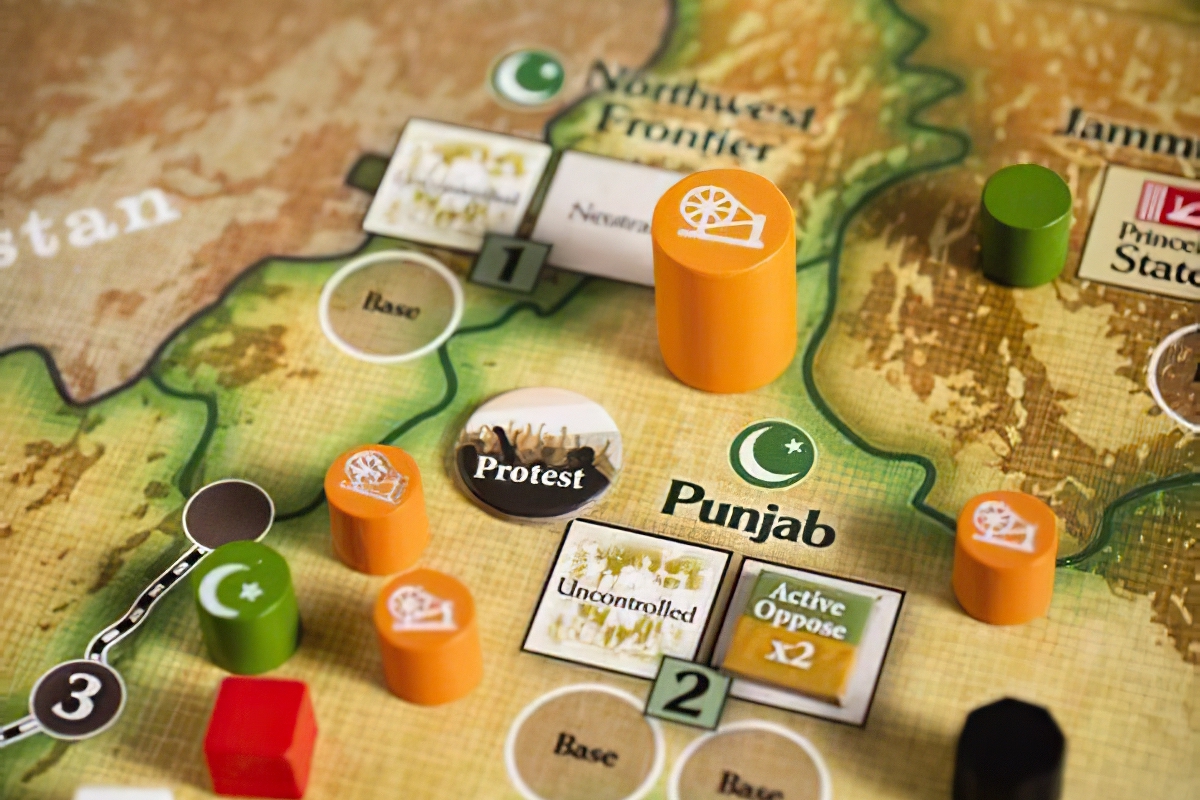
It’s an eight-and-a-half-hour drive from Toronto to Indianapolis. And the route, which takes me through Sarnia, Detroit, Toledo and Fort Wayne, is far from scenic. But Gen Con is the biggest boardgame convention in North America, and there’s no direct flight between the two cities. Which is why, during the first four days of August, I spent 17 hours in my car getting to the gaming floor at Lucas Oil Stadium, best known as the home of the NFL’s Indianapolis Colts. Almost 70,000 gamers attended Gen Con this year, including fans of every boardgame under the sun.
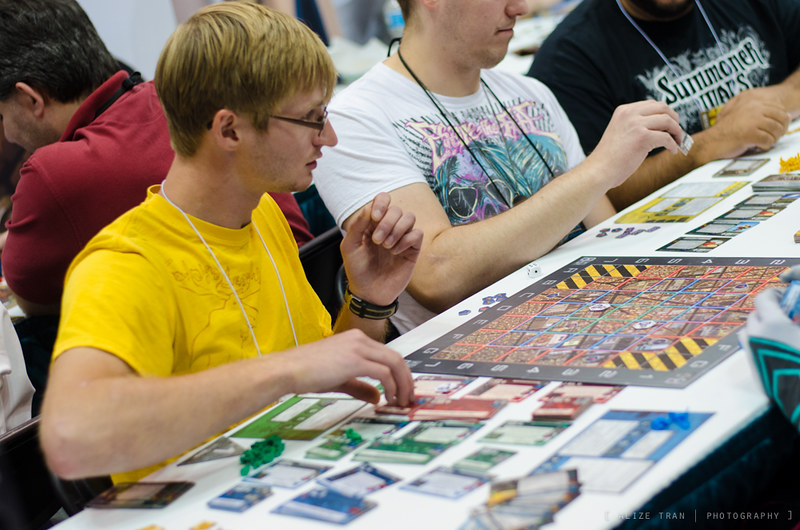
I tell people that boardgaming isn’t a culture. It’s really a collection of subcultures, since fans of one gaming niche often have little interest in any of the others. But balkanized as it is, the hobby has taken on some unifying characteristics in recent years, including a commitment to diversity, inclusivity and what might generally be called political “wokeness.” Gen Con itself has an anti-harassment policy that bans “any behavior that…produces an unsafe or non-inclusive environment,” including “offensive verbal comments or non-verbal expressions related to gender, gender identity, gender expression, sexual orientation, disability, physical appearance, body size, race, age, or religious beliefs, [which] may take the form of comments, epithets, slurs, jokes, teasing, display or discussion of written or graphic material, repeatedly standing too close to or brushing up against a person, or giving gifts of an unwanted or sexual nature.” The rules also explicitly forbid “20th and 21st century uniforms,” including “any uniform that can be construed as a military uniform.” After a Dungeons & Dragons artist and game designer was publicly accused of abuse in early 2019, Gen Con banned him from attendance, and declared publicly: “We admire the bravery of victims who report their abuse or harassment, and we’re here to support you.”
This all sounds annoyingly politically correct and doctrinaire. But to be fair, the organizers’ hands are tied—since the bulk of their attendees are (as in other creative subcultures these days) young and woke. Plus, there are a lot of people in costumes at Gen Con. And the organizers’ admonition that “cosplay is NOT consent” arguably is necessary for the benefit of those socially challenged men who still think it’s okay to stroke Catwoman’s body suit or to make sex-trade jokes about her cheap hotels on Baltic and Mediterranean. World War II is a popular theme for many of the wargames that get played at these events. And few of us want to play Secret Hitler with a guy dressed in a Gestapo uniform, even if he assures everyone that he’s just “setting the mood.”
But there is an unspoken streak of hypocrisy that runs through these admonitions. Broadly speaking, boardgaming has followed the pattern of other creative subcultures, such as literary fiction, theater, TV writing and stand-up comedy, all of which now enforce similarly restrictive rules on the way contributors conduct and express themselves. But boardgaming is different in one important respect: While the people who play these games have created a subculture that is typically progressive in its social dynamics, many of the actual games they play are based around old-fashioned colonial themes that would horrify cancel-culture enthusiasts from just about any other creative field.
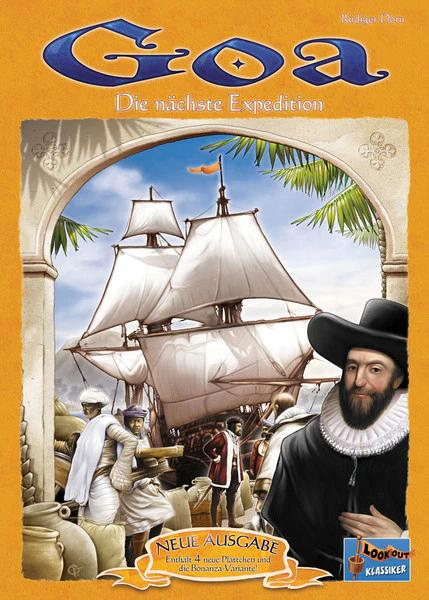
My visit to Gen Con came just weeks after the release of a major Canadian report declaring that our country has been committing a still-ongoing “genocide” against missing and murdered indigenous women and girls, and indeed that Canada itself “was founded on colonial genocidal policies.” And yet, one of the very first games I played at Gen Con this year was an award-winning 2004 classic called Goa—a strategy game in which players take the role of 16th century traders and plantation owners seeking to reap as much bounty as possible from Portuguese India. While the game aesthetics are sunny and abstract, the real history of Goa (which now exists as a coastal state in southwestern India) contained the usual colonialist subplots. In 1510, when Portuguese admiral Afonso de Albuquerque conquered Goa, about two-thirds of its 9,000 Muslim defenders died. Fifty years later, Portuguese Catholics imposed the Inquisition of Goa to root out “heretic” Hindus and Muslims, some of whom were burned at the stake. Christian missionaries also burned books written in Sanskrit, Arabic and local languages, a practice that modern progressives might now call “cultural genocide.” Needless to say, none of this is replicated in the boardgame version of Goa, whose cover features a wealthy merchant standing in front of a sailing ship as industrious-looking locals take stock of the valuable spices set to be loaded up as Europe-bound cargo. By the puritanical standards that now govern, say, young adult fiction or Canadian magazine journalism, all of this would mark anyone involved with the creation of Goa (or even anyone caught playing it) as the worst sort of thought criminal and genocide apologist.
The three other Gen Con attendees who played Goa with me were of the usual young and friendly sort. We didn’t talk politics much, but the general flow of conversation left me no reason to suspect that their outlook deviated from the baseline 20-something progressivism exhibited by just about everyone I meet at these events. They were smart, too. (Goa isn’t a massively complex game by industry standards, but it’s far from a “party game,” and so attracts a decidedly cerebral kind of player.) And I doubt they had any illusions about the historical premise at play. They knew their history. But like me, they didn’t let it interfere with their fun. In most cases, a game is just a game. And just because I end up playing the bad-guy side in Axis & Allies doesn’t mean I want to invade Poland.
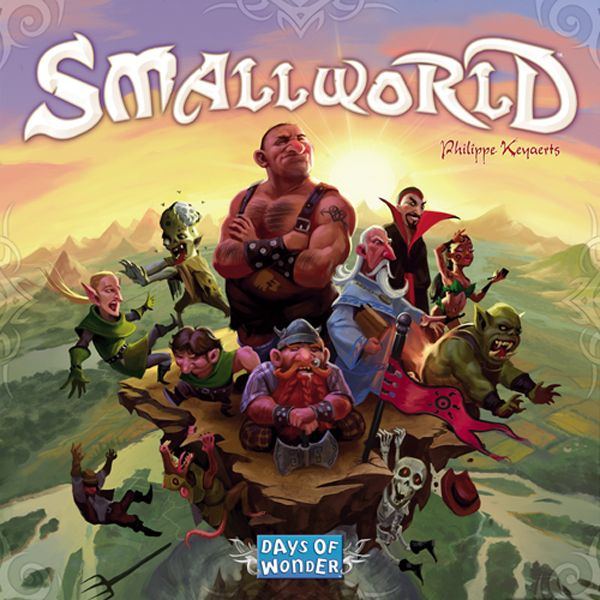
When I looked around Lucas Oil Stadium, I didn’t just see other gamers playing Goa, but also dozens of other popular titles with similar themes of exploration, exploitation and conquest. These included some of the most popular strategy games in existence — such as Puerto Rico, Terra Mystica, Twilight Imperium and Catan (which has players building out their empires in a randomly assembled terra nullius of rock, field and forest). In one popular game with an undead theme, Small World, players battle against one another after first exterminating a vaguely defined indigenous race known as the “lost tribes.” The game imposes no sanction on this act of imaginary genocide. Just the opposite: Certain player types actually get bonuses from feasting on (or reanimating) lost-tribe corpses.
This is not because boardgamers are especially rapacious (let alone genocidal) by disposition, but because the idea of expansive empire-building always has had an intrinsic appeal to gamers—even in such basic games as Risk and Monopoly—as it allows us to act out a conventional story-telling arc that begins with birth, proceeds to growth, climaxes with heroism, and ends in death (preferably, that of your enemies). Modern boardgame culture does give a nod to progressive political sensibilities—as demonstrated by the recent withdrawal from commercial sale of a particularly controversial game called Scramble For Africa (in which six players compete to carve up the continent for the benefit of European colonialists). But the colonial theme will never fully be erased from the gaming library: These games are simply too much fun.

Their enduring appeal also tells us something about the challenges that surround the oft-trumpeted but ill-defined campaign to “decolonize” education and culture more generally: We like to tell and retell stories about Europeans’ creation of modern North America not just because we inhabit a Eurocentric historical tradition that centers a colonial narrative above that of the continent’s original indigenous inhabitants (though that was certainly true until very recently), but also because the idea of new arrivals erecting a technologically advanced steel-and-glass civilization in a thinly populated wilderness appeals to our modernist fascination with construction, progress, development, expansion and enrichment—a fascination that extends from a child’s first Lego project, to the road networks in Catan, to real-life capitalist entrepreneurship and public urban planning. By contrast, the romantic appeal of indigenous societies within the western tradition always has been centered on their idealized timelessness, a quality that often is celebrated as a romantic ideal within fiction (especially in children’s literature, such as Dr. Seuss’ The Lorax) and education (think Grey Owl), but is harder to center as part of a dynamic narrative within a boardgame since it doesn’t lend itself to strategic innovation.
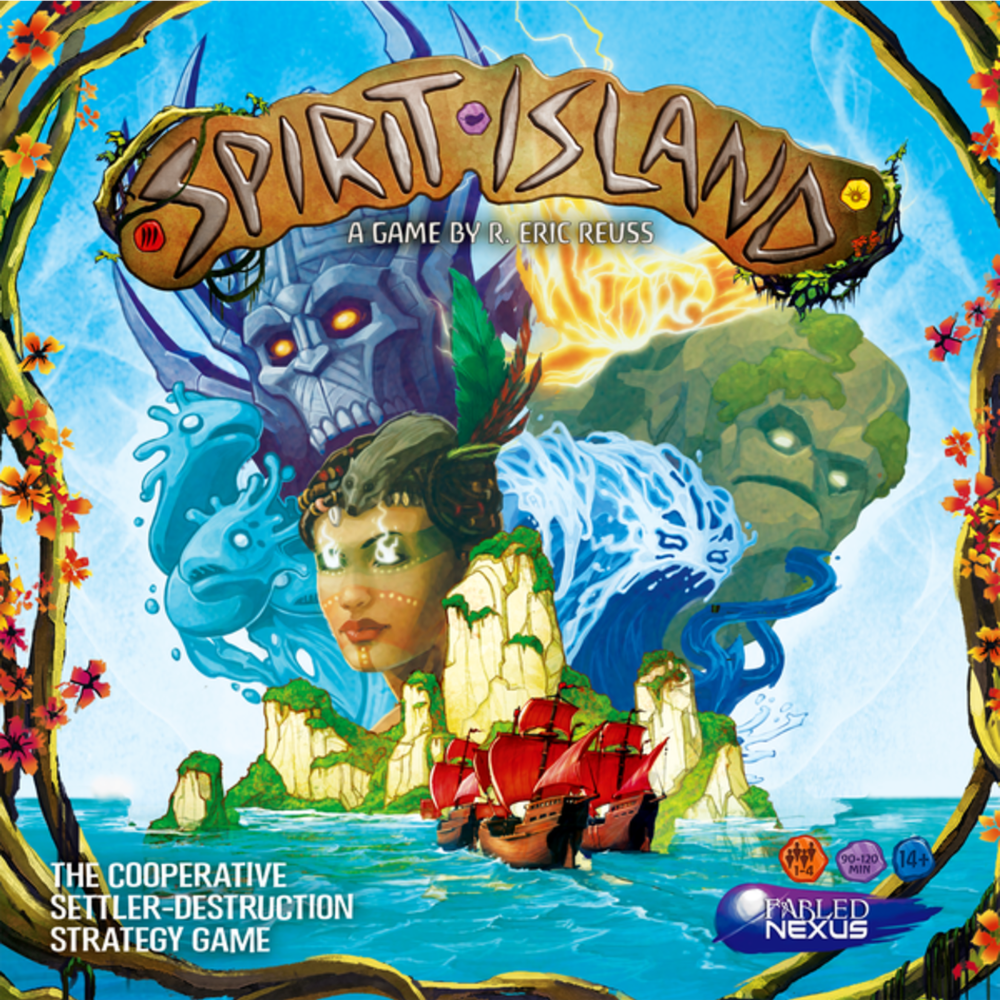
By way of example, consider Spirit Island, a 2017 game created by American designer R. Eric Reuss. In some ways, this is a conventional area-control game, with players fighting over territory on a fictional ocean island. But the twist is embedded in the game’s subtitle, “the cooperative settler-destruction strategy game.” The idea here is that the players take on the defence of the island’s indigenous character—the very opposite of the usual explore-and-conquer mission—while the villain role is assigned to the European settler tokens that randomly appear on the island’s coast to create blight and perpetrate slaughter.
It’s a great idea, and I applaud Reuss for developing it. In general, I always think the best way to adapt to changing political and aesthetic tastes isn’t to destroy old forms (such as tearing down statues or banning books), but to create new forms that stand side-by-side with the old ones.
Unfortunately, when you actually play Spirit Island, you realize that the author ran into a problem, one that is embedded in the traditionally simplified Western ideal of indigenous peoples as nature-loving pacifists. Ultimately, competitive games are about conflict. But since Reuss conceptualized the indigenous peoples of Spirit Island as passive agents who fight only when they are first attacked by Europeans (and even then, ineffectively), they don’t really make for useful in-game protagonists.
So instead, what Reuss did was create a set of pagan gods (he calls them “spirits”) that exert fantastical powers on the island’s inhabitants, with the goal of saving the indigenous peoples and expelling (or killing) the settlers. And it is these gods whom the players control during the course of game play, with the indigenous peoples being reduced to pawns that get shuffled around by divine authority, and sometimes even sacrificed, to cleanse the island. In other words, to create a compelling game narrative that put players in the role of indigenous saviours, Reuss had to summon into existence a fictional kind of creature that acts just as ruthlessly as a European invader, but in the opposite service.
I don’t want to suggest here that there is anything inherently boring about indigenous societies—only that the project of creating narratives (which is what good boardgames do) generally requires some kinetic aspect. But at its simplest symbolic level, the project of opposing colonialism, as it is understood through the prism of Western noble-savage myth-making, is fundamentally static and passive. In the current climate, any deviation from this script often invites criticism or even accusations of racism.
As has been noted previously in this space, the peoples whom Europeans encountered in the Americas were skilled and inventive combatants who often put white men to flight (or worse) despite their enormous disadvantage in technology and (ultimately) manpower. In many cases, First Nations (as we now call them in Canada) fought fiercely with one another, too, and had well-developed military traditions that Europeans variously feared, admired and adopted. And they would make fitting protagonists for any modern boardgame designer willing to reject the current fashion of presenting indigenous peoples as holy elves of the forest.
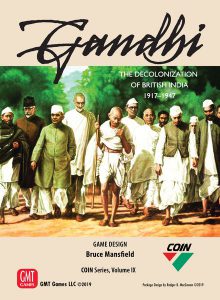
What would such a game look like? A good example comes to us in the form of GMT Games’ 2019 release, Gandhi: The Decolonization of British India. This is the latest entry in GMT’s COIN series, which is designed to model guerrilla wars and other unconventional conflicts through the use of cards that represent historical events. As in other games of the genre, such as Fire in the Lake (Vietnam), People Power (Insurgency in the Philippines, 1983-1986) and Colonial Twilight (The French-Algerian War, 1954-62), the game doesn’t present a simple narrative of good versus evil, but a more complex narrative in which all sides have at least some ulterior motives that are at odds with their official propaganda. In Gandhi, there are four players, one each controlling the Raj, the Indian National Congress, the Muslim League and the “Revolutionaries.” The latter three all share the goal of some kind of national independence, but each pursues its own (often mutually antagonistic) methods, with the Revolutionaries using violence to undercut the more pacifistic Congress, and the Muslim League playing off Congress, the Revolutionaries and the Raj in order to protect the interests of the country’s Islamic minority. (Historians of Canada would note that diplomacy and warfare with and among First Nations often was similarly complex.)
The game is unpredictable and complex, since each player will pursue different strategies in the country’s many different zones, making and breaking de facto partnerships depending on the circumstances. Amid all of this gaming chaos, the moral logic of decolonization remains a central theme of the game. But by the end of things, you realize that the ejection of the British from India was a big and messy project, as history typically is. While Spirit Island was created with the goal of mainlining anti-colonialism directly into the boardgame experience, Gandhi gets to the same theme obliquely by way of amoral realism, doing a better job pedagogically in the process.
A key aspect of Gandhi is that the Raj has agency: It is not reduced to the status of automaton-villain, as in Spirit Island. But there are limitations to the imaginative ecosystem that players inhabit: Every one of the four players has to take on their assigned role without questioning their underlying, game-dictated objective—including the Raj player, who must, start to finish, exert himself in defence of a colonial project that now is widely viewed as being on the wrong side of history. The other three factions likewise remain prisoners of their parochial regional, religious and doctrinal differences, which, historically, would contribute to millions of deaths in the chaos that accompanied the British exit.
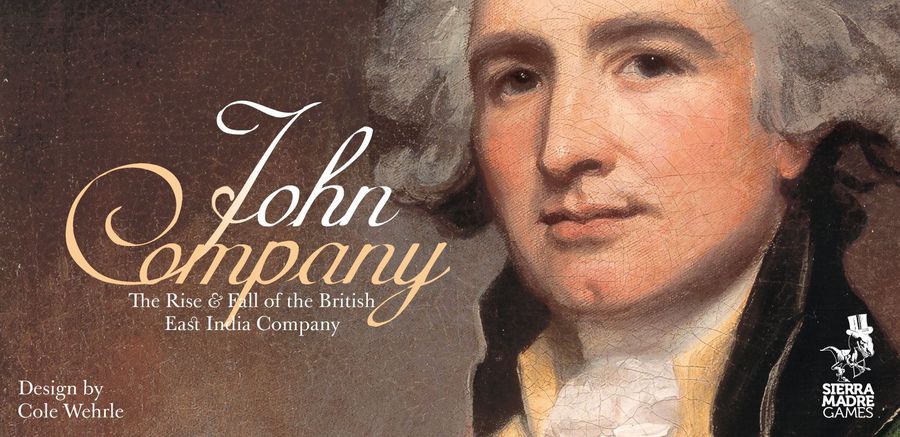
Which brings me to the fourth and final colonialism-themed game I will discuss: the acclaimed 2017 release John Company, by Indiana-based designer Cole Wehrle. In theory, John Company is also a game about British colonialism in India. But here’s the rub: The players all act as competing factions within the commercial innards of John Company (a nickname for the British East India Company). On one hand, the players have a co-operative goal—to keep the company afloat as it manages the enormous expense of creating and operating a colonial apparatus on the subcontinent. But I can attest that far more of players’ mental energy goes into fighting each other for the spoils of war and trade. Indeed, much of the game consists of exchanging favours and bribes among players, as each attempts to leverage positions of power within the company to extract revenues, plunder and positions of influence.
As the game progresses, you notice, almost as an afterthought, that great things are afoot within India: New trade routes are created, military battles are fought, whole regions go into revolt and are pacified, with many (fictional) lives hanging in the balance. But as a player, you barely notice any of this—except to the narrow extent these events can be exploited as a source of wealth, since the way you win the game is by accumulating enough cash and baubles to retire your functionaries into gilded clubs and country houses back in England.
And what of the actual Indians who lived and died under the Raj? They don’t appear at all in the game, for John Company’s real play arc exists within the corrupt solipsism of intra-corporate deal-making. Which sounds horrifyingly amoral. But when the game’s over, you realize: That’s the whole point. The colonialists who ran India—like those who came to North America and every other place on the map, from South America to the Belgian Congo to China—typically weren’t motivated by a desire to destroy and subjugate. They were out to make a buck, either as lone freelancers in a canoe, or bureaucrats pulling levers within some gigantic corporate behemoth. The horrifying, often genocidal murder and mayhem was a by-product of greed. Which doesn’t make it better. But it does make the narrative more comprehensible in regard to governing our future behaviour as human societies—since we all are vulnerable to spasms of greed, while true evil for its own sake is a rare thing.
Games teach you about the forces of history not by listing a set of facts for you to memorize, but by creating a rules system that effectively pushes you to act in a certain way—whether as a colonialist, revolutionary or deity. If the game is well-designed, then those actions make a certain kind of internal sense. That dark logic is what stays with you—as an explanation of why people acted a certain way at a certain time. It’s always easy to judge historical figures. It’s harder, but ultimately more interesting and valuable, to understand them.






